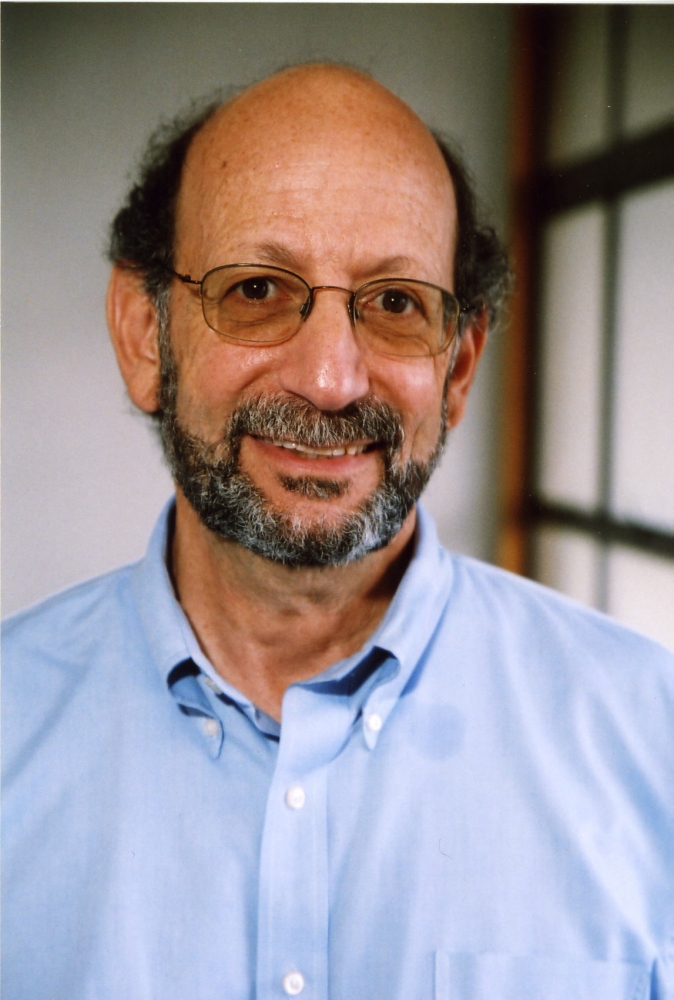
George M. Homsy, a professor of mechanical engineering and chemical engineering at the University of California, Santa Barbara, has been elected to the prestigious National Academy of Engineering. Homsy was one of 76 new members and 9 foreign associates recently elected by the academy's members.
The academy cited Homsy for "innovative experimental and theoretical studies of multiphase and interfacial flow phenomena and for the development of educational materials in fluid mechanics."
Homsy serves on the faculty of UCSB's College of Engineering, which now boasts 27 members of the National Academy of Engineering. Election to the academy is one of the highest professional distinctions that can be accorded an engineer.
"This news recognizes the innovative contributions that Professor Homsy has made to both research and education in flow phenomena and fluid mechanics," said UCSB Chancellor Henry T. Yang, who is himself a member of the National Academy of Engineering. "Being elected to this prestigious academy by one's peers is a significant achievement for my distinguished colleague and a notable honor for our campus and our community."
Matthew Tirrell, dean of UCSB's College of Engineering and a National Academy member, called Homsy a "master" teacher and researcher. "Bud Homsy has done truly innovative work in the flow of fluids where chemical reactions and surface phenomena play a role," Tirrell said. "He has also developed some very popular new educational tools for the teaching of fluid mechanics."
Homsy joined the UC Santa Barbara faculty in January 2001, after having served on the Stanford University faculty for 30 years. A graduate of UC Berkeley, he earned his master's and Ph.D. at the University of Illinois. All of his degrees are in chemical engineering.
Of his election to the National Academy of Engineering, Homsy said: "I am grateful to those who nominated me and I am particularly happy that this honor has come to me while a member of the UC Santa Barbara faculty." Homsy added that he was pleased that his citation from the National Academy drew attention to both his research accomplishments and his contributions to teaching. "Too often these tightly coupled activities are separated in the minds of many people," he said. Asked by a student what he had to do to be elected to the National Academy, Homsy replied: "Have good ideas, good students, and work hard. And I've been fortunate to have had many great students and to have a spouse who understands the demands created by the ‘hard work' part."
Homsy's research interests are in fluid mechanics and transport, and, in particular, in interfacial flows, polymer and viscoelastic fluid mechanics, porous media flows, and microgravity fluid mechanics. His research group at UCSB uses a combination of analytical theory, large-scale numerical simulation, and experimental studies to understand these flows from a fundamental point of view. He has published more than 140 papers in scholarly journals. His professional honors include membership in the American Physical Society and Tau Beta Pi, the national engineering honor society. Homsy is a Fellow of the American Physical Society and in 2004 was awarded its Fluid Dynamics Prize, the highest honor the society bestows in that field. While on the Stanford faculty he was named Bing Fellow for his outstanding service to undergraduate education.
An independent, nonprofit institution, the National Academy of Engineering provides leadership and guidance to the nation on the application of engineering resources to vital problems and issues. Established in 1964, it operates under the Congressional charter granted to the National Academy of Sciences in 1863. Academy membership honors those who have made important contributions to engineering theory and practice, to the pioneering of new fields of engineering, to major advancements in traditional fields of engineering, or to the development or implementation of innovative approaches to engineering education.
Wm. A. Wulf, president of the National Academy of Engineering, said the recent election brought the organization's total U.S. membership to 2,216 and the number of foreign associates to 186.
Related Links



